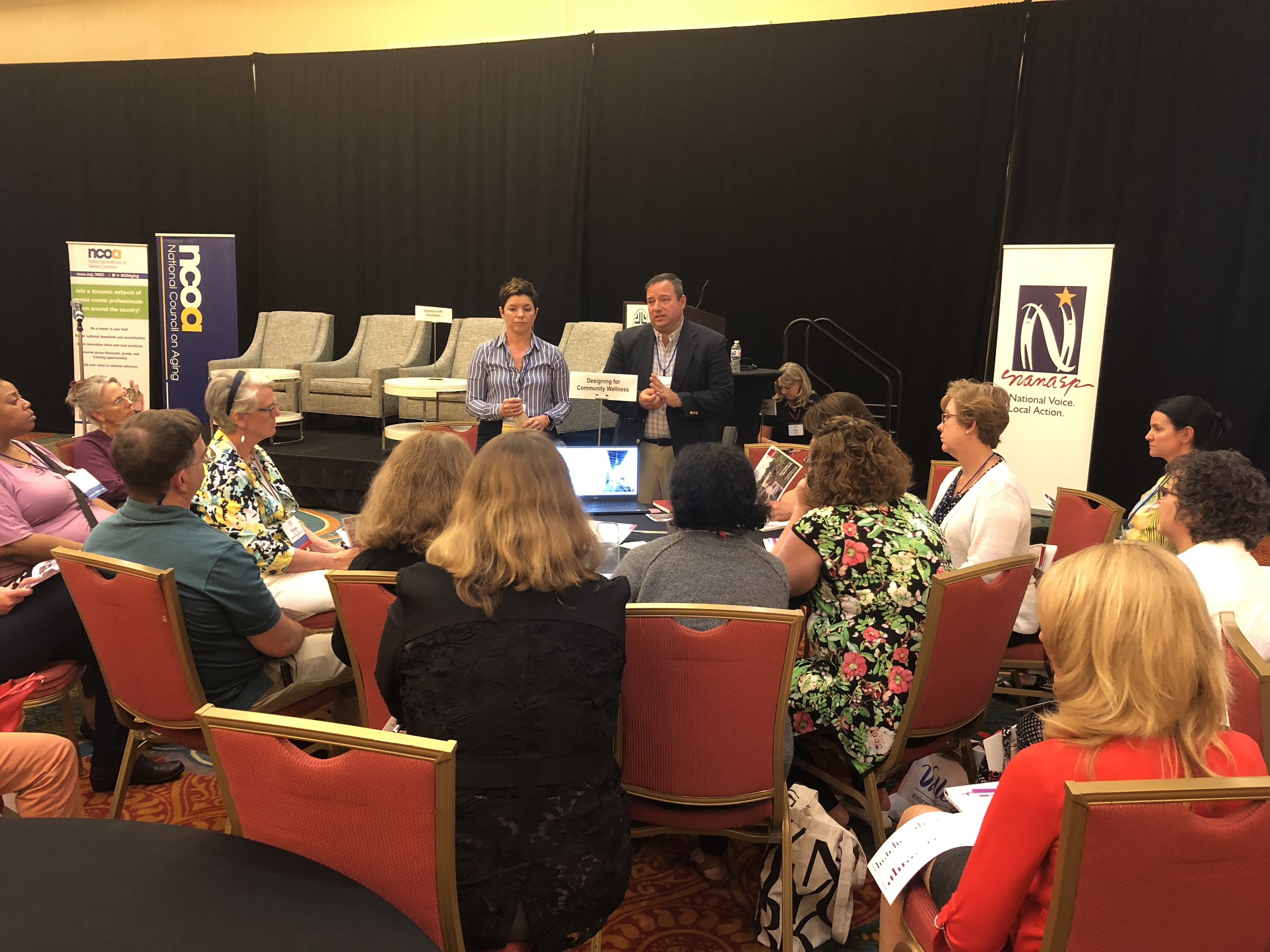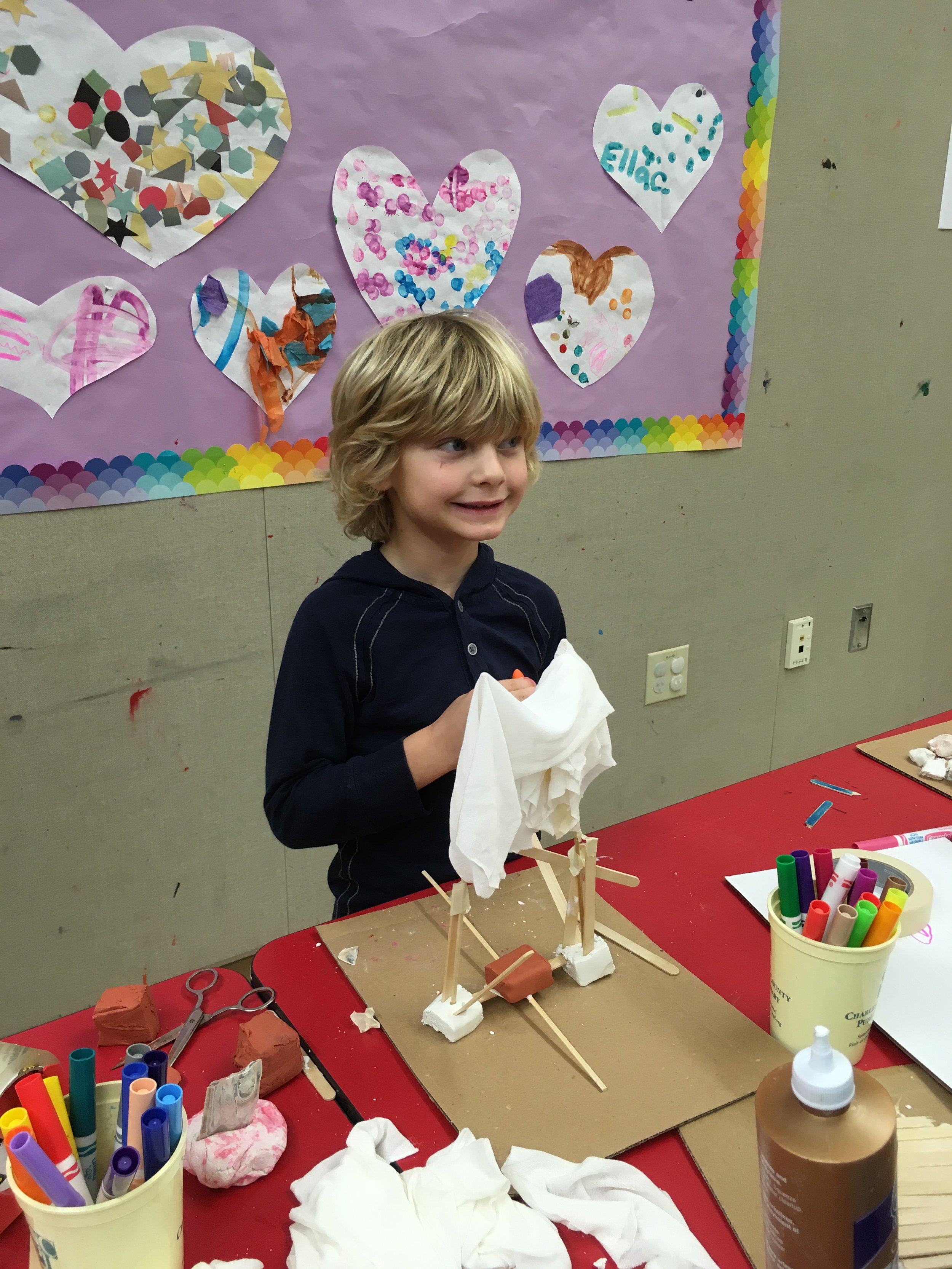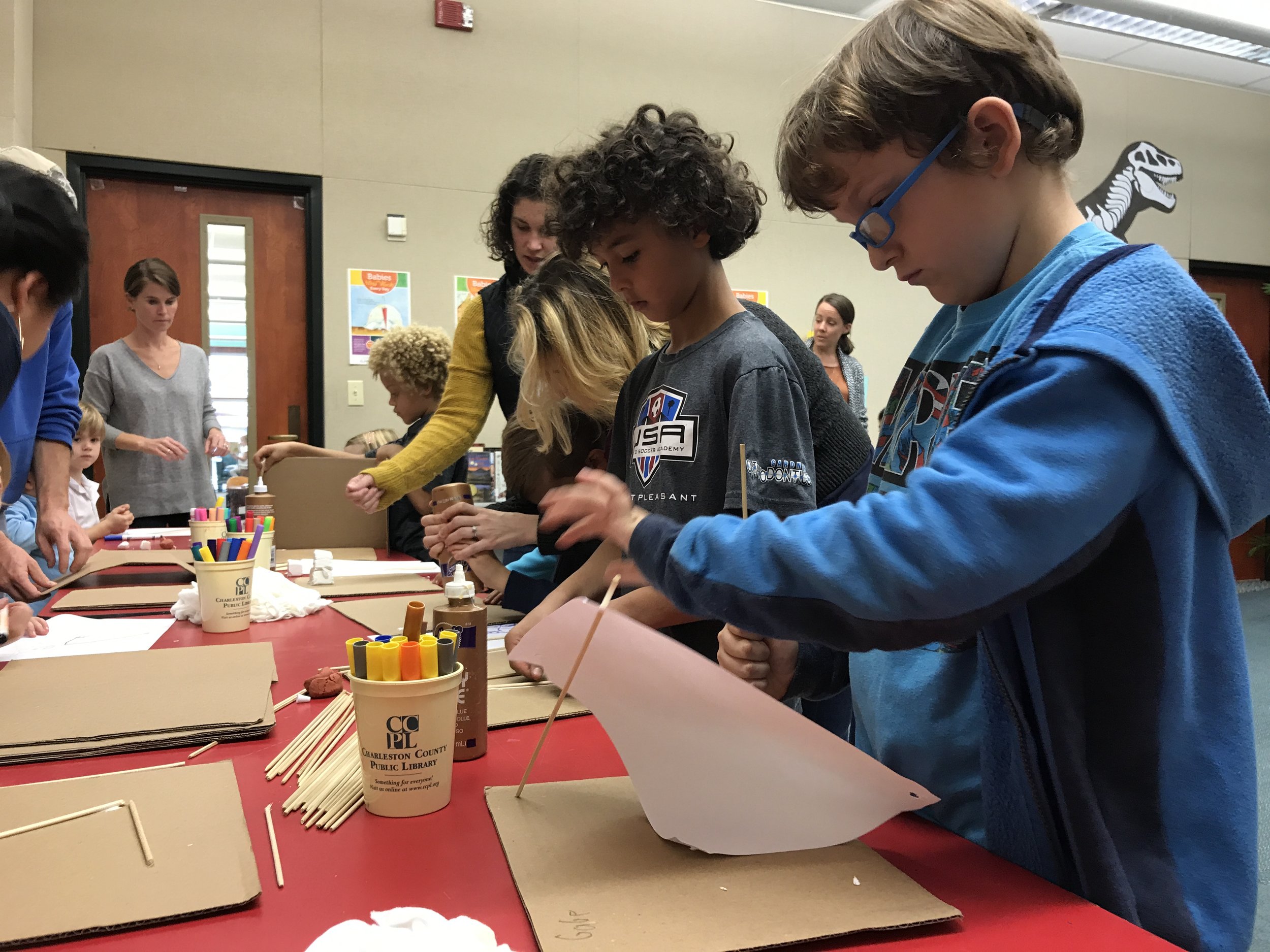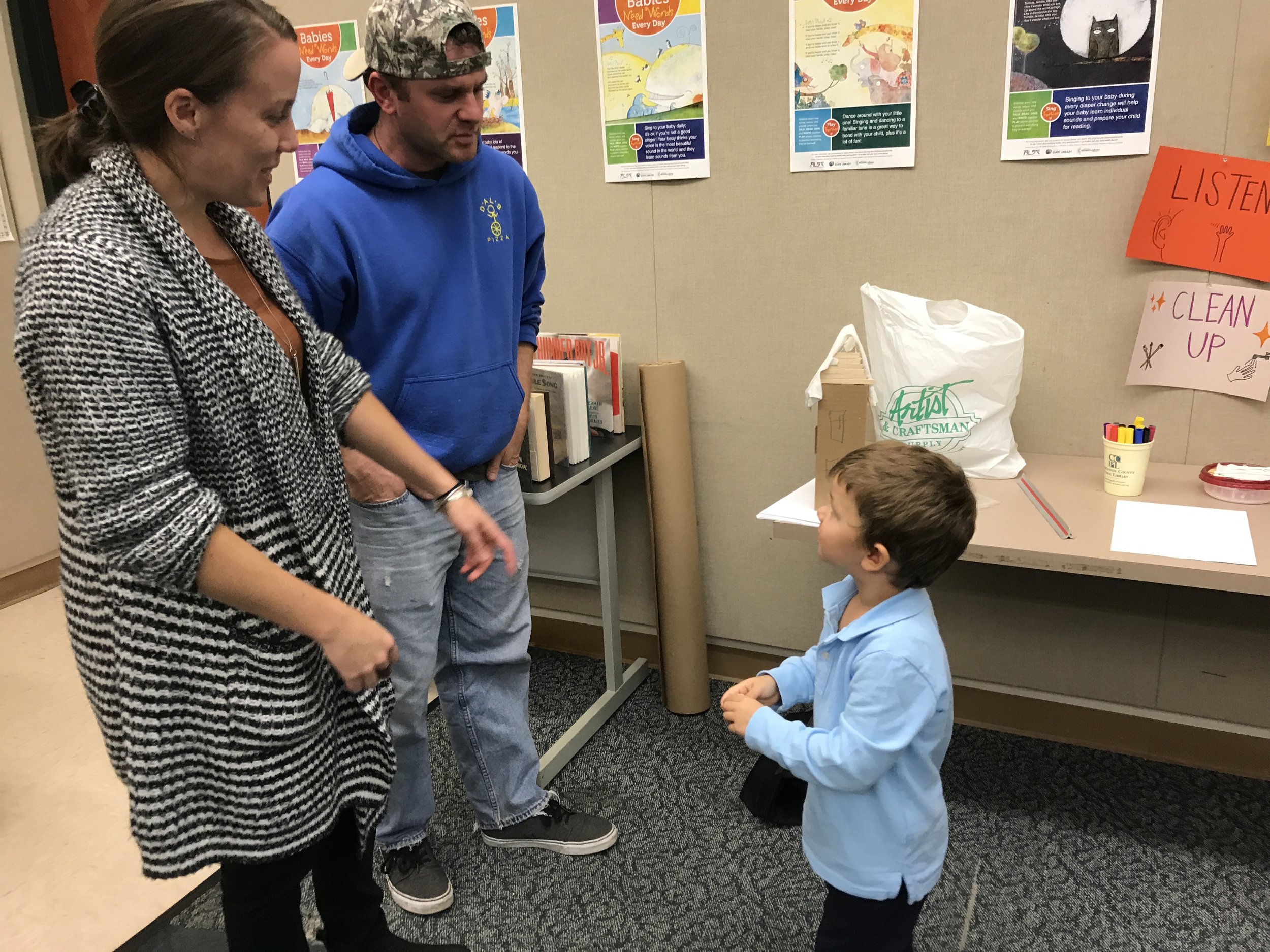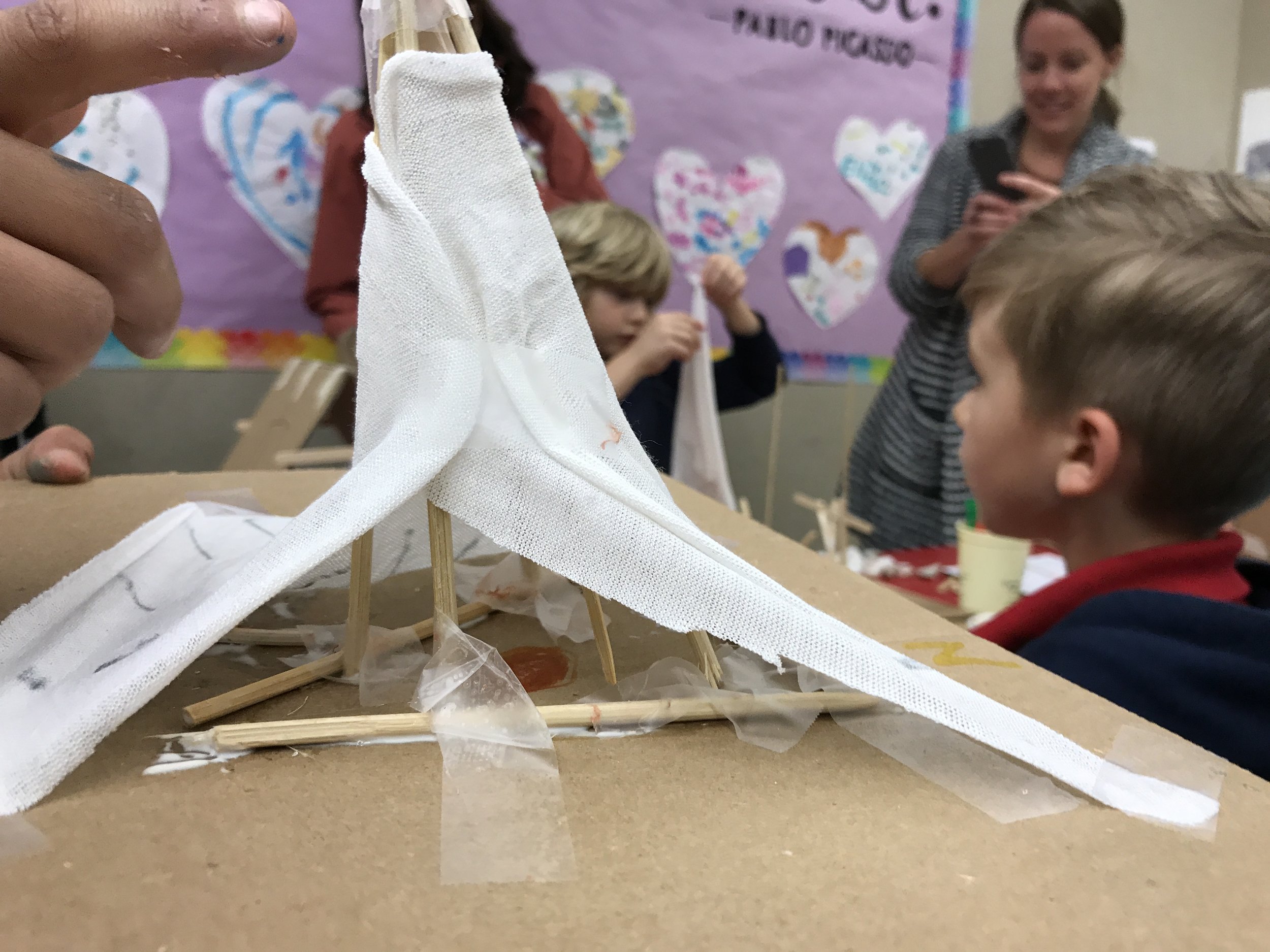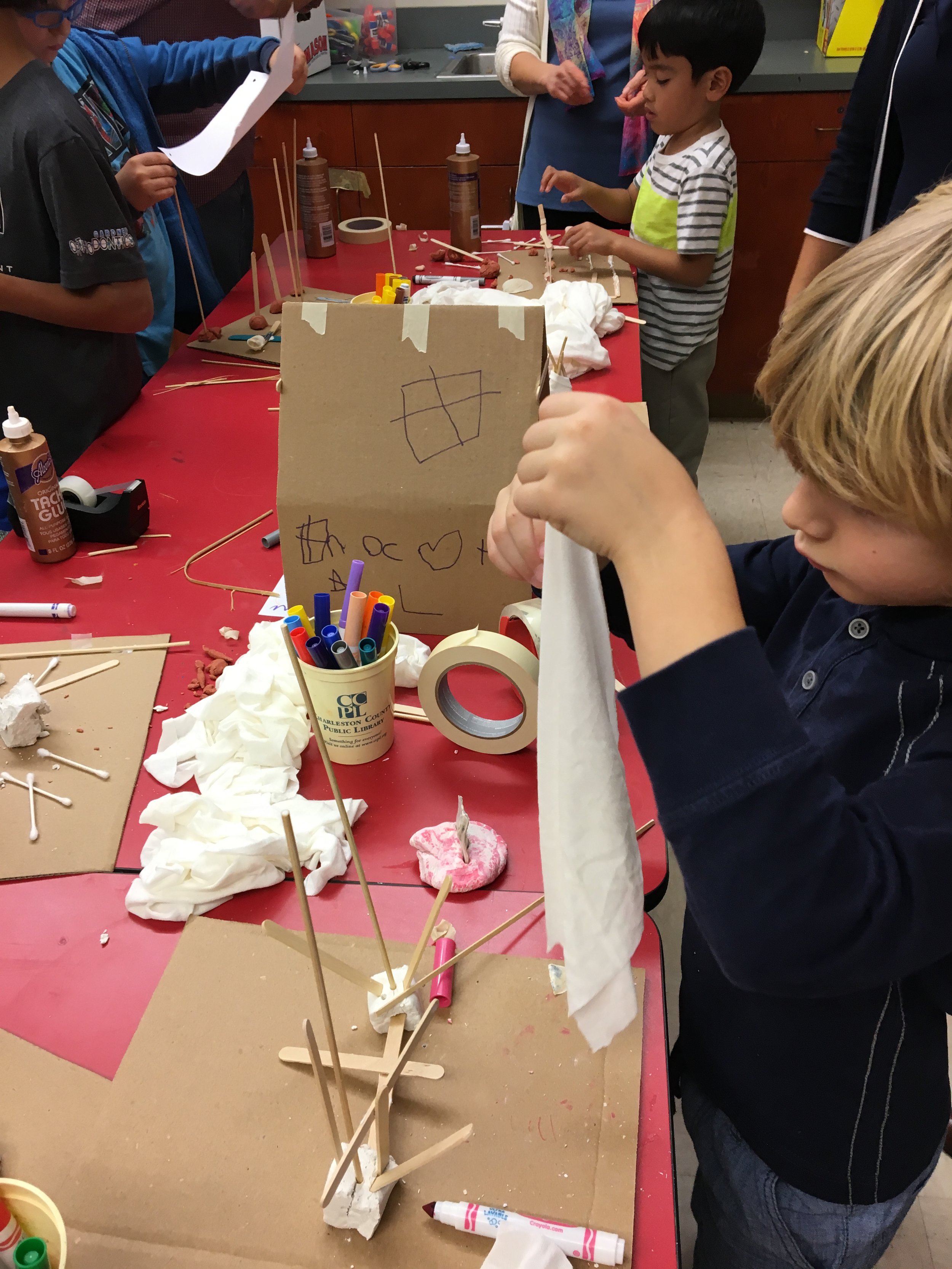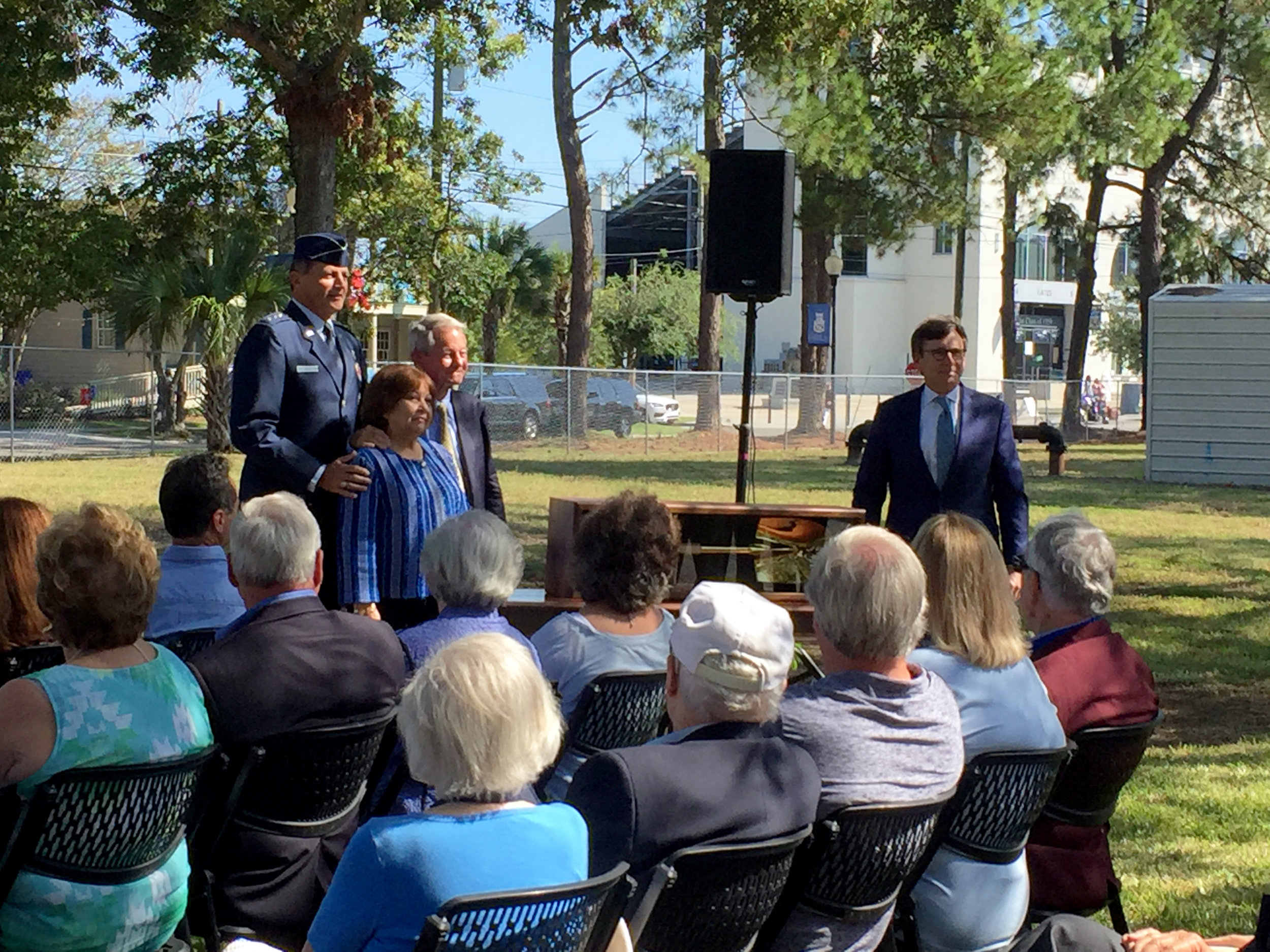Michael Edwards & Elizabeth Bernat Lead Roundtable at 2018 NANASP/NCOA Conference
Mez Joseph
Liollio's Michael Edwards, Associate and Health & Wellness Leader, along with Elizabeth Bernat, Director of Senior Services at Roper Saint Francis Healthcare, led a series of roundtable discussions at the National Association of Nutrition and Aging Services Programs (NANASP) - National Council on Aging (NCOA) 2018 Conference in Charleston this month. The roundtables focused on the design and community engagement process for the Louis Waring, Jr. Senior Center, a Public/Private partnership between the City of Charleston and Roper Saint Francis Healthcare, to open this Fall.
The NANSP/NCOA Conference is an annual conference hosted by the National Association of Nutrition and Aging Services Programs (NANSP) and the National Council on Aging (NCOA) National Institute of Senior Centers (NISC). The conference brings together leaders from senior center and aging organizations as well as officials from the SC Department of Aging and Disabilities, U.S. Department of Health and Human Services and the AARP Foundation.
Michael Edwards is the Liollio Project Manager of the Louis Waring, Jr. Senior Center located in West Ashley. Elizabeth Bernat is the Executive Director of the Lowcountry Senior Center and future Louis Waring, Jr. Senior Center. For more information about the Louis Waring, Jr. Senior Center, visit Liollio on ISSUU or view the Designing for Senior Community & Wellness Brochure.







